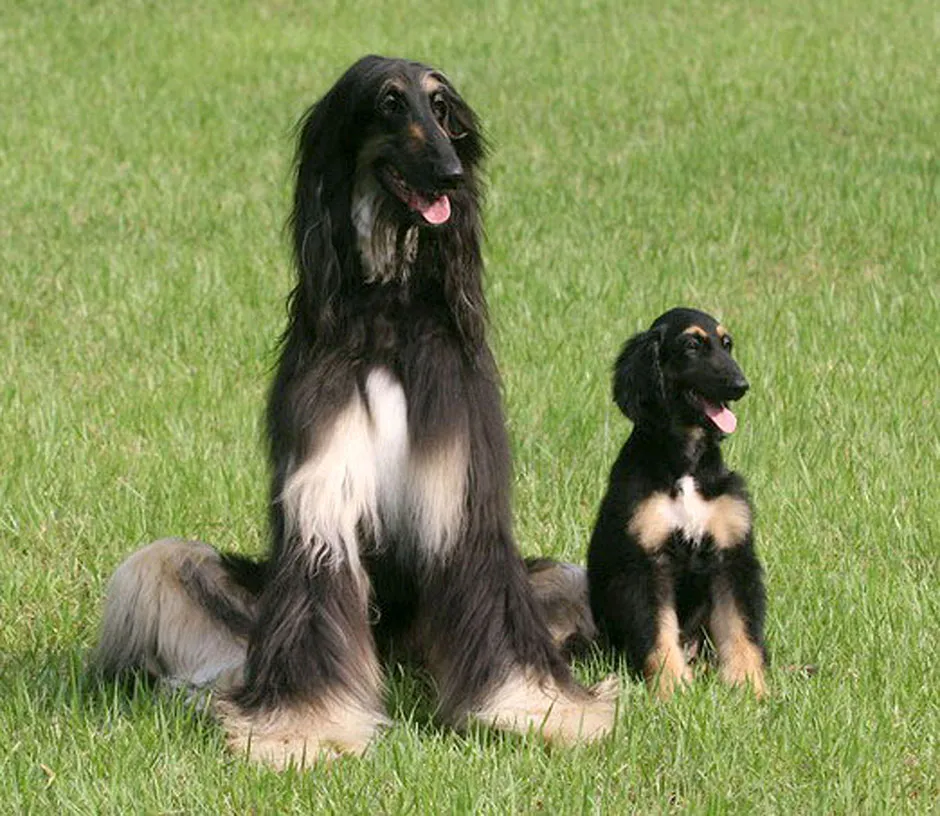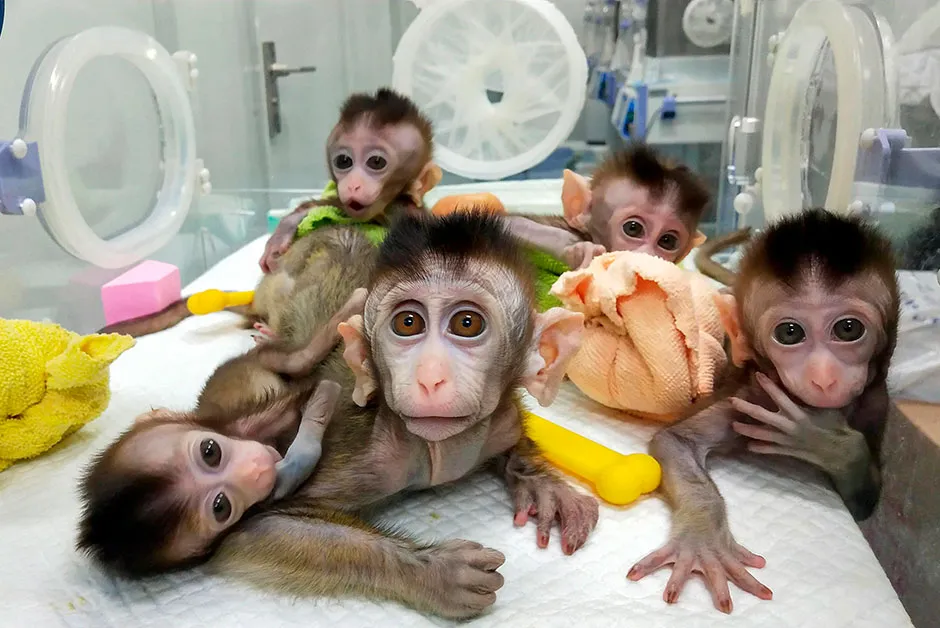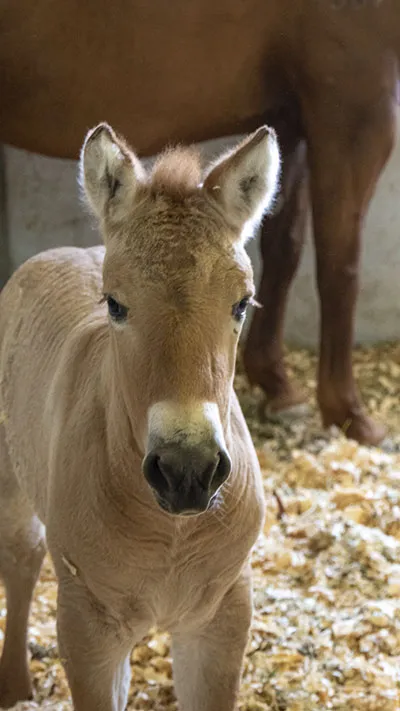Dolly the sheep is certainly the most famous clone, but she wasn't the first and she certainly won't be the last. Here's the history of cloning so far.
Read more about cloning:
- Rise of the Clones: 7 ways cloning is already happening
- What’s the biological difference between identical twins and clones?
1952
Robert Briggs and Thomas King in Philadelphia, Pennsylvania clone frogs (Rana pipiens) using cells from tadpoles and adult intestine. They show that the DNA inside specialised cells can direct embryonic development.
1996

Scotland’s Roslin Institute announces the birth of Dolly the sheep, the first mammal to be cloned from an adult cell.
1998
Japanese scientists clone eight calves using adult cells collected from abattoir entrails, raising speculation that high-end beef cattle could be cloned for the quality of their meat.
2002
The world’s first cloned cat, CC (short for Copy Cat) confounds people because her coat is a different colour to the original’s. The effect is caused by environmental differences in the surrogate’s womb.
2003
Spanish scientists use frozen cells from the world’s last Pyrenean ibex, taken before she died, to create a clone. It dies soon after birth.
2003

Prometea, the first cloned horse, is born. Commercial equine cloning follows and clones are used in sports, such as polo and rodeo.
2004
Genetic Savings & Clone becomes one of the first companies to offer commercial pet cloning, despite the fact that dogs have yet to be cloned.
2005

The first dog is cloned – an Afghan called Snuppy (for Seoul National University puppy, where it was made).
2009
Seven clones of an elite drug-detection dog are produced in South Korea. One breaks its leg, but the others complete their training successfully and go off to work.
2015
A Japanese cancer-detection dog is cloned. It excels at sniffing out colorectal cancers, just like the original.
2018

Monkeys are cloned. It’s hoped primate cloning will offer insights into human diseases, such as Alzheimer’s.
2020

A newly born clone of the endangered Przewalski’s horse raises hopes that cloning could be used in conservation.
- This article first appeared inissue 358ofBBC Science Focus Magazine–find out how to subscribe here